Tel Jezreel and the vineyard of Naboth
Identifying biblical sites, Part 4

There is a small archaeological site in Israel called Tel Jezreel. Despite its historical significance, it remains relatively unknown to tourists and Christian pilgrims visiting the Holy Land.
Despite being only partially excavated and experiencing significant erosion, Tel Jezreel holds the potential for uncovering more about its historical and biblical past. Given its current state and the limited information available, one might speculate whether this site could be the location where a crucial moral lesson from the Bible took place.
Many readers of the Bible have often wondered where the events described in its pages took place and whether these locations can be identified today. One such location is the infamous site where King Ahab coveted a vineyard. Today, it seems that it may have occurred at Tel Jezreel, an archaeological site that aligns remarkably well with the biblical narrative and geographical descriptions.
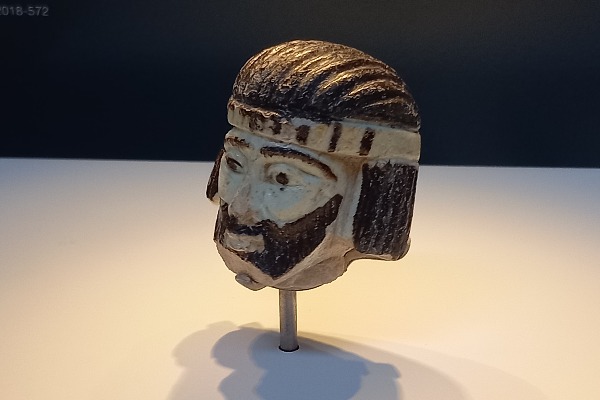
Tel Jezreel, an ancient mound nestled in the fertile Jezreel Valley, is a site rich with both historical and biblical significance. Located just south of the modern Israeli city of Afula and near Kibbutz Yizre’el, this archaeological treasure is believed to be the biblical city of Jezreel, which translates to "God will seed" in Hebrew, reflecting the region's longstanding agricultural abundance during antiquity.
Nearby Tel Jezreel is a small spring known as "Ein Jezreel," which is mentioned several times in the Bible. This spring is situated in a small valley in front of the site of the former palace. Many scholars and enthusiasts believe the vicinity of this spring may have been where Naboth’s vineyard once stood.
The significance of Tel Jezreel goes beyond its fertile lands. The site was discovered accidentally during efforts to establish a museum dedicated to the history of the Jezreel Valley in modern northern Israel.
Past archaeological excavations, led by researchers from Tel Aviv University, have unearthed significant structures, including eastern towers and the southern gate of a fortified complex from the 9th century B.C. These findings are believed to have been part of a royal residence used by the kings of the House of Omri.
This discovery aligns with the biblical account of King Ahab and Queen Jezebel, who are thought to have lived in Jezreel. Scholars have connected these archaeological findings with the biblical narrative that places Ahab and Jezebel at the heart of the events surrounding the vineyard of Naboth.
Pottery fragments dated from the Iron Age and until the Arab period have been found at the site, but none from before the Iron Age. The absence of pre-Iron Age pottery, which is associated with the Israelite settlement, suggests that the site was definitively established by the Israelites. This understanding confirms the biblical account that the location was central to the Israelites, particularly during the periods of the Kings of Israel.
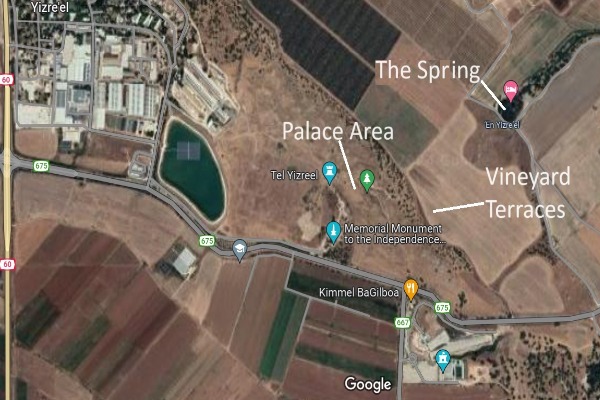
According to the Bible, King Ahab coveted the vineyard of Naboth, which was located near his palace in Jezreel. When Naboth refused to sell his ancestral land, Jezebel devised a sinister plan that led to Naboth's execution, allowing Ahab to claim the vineyard. This story, found in 1 Kings 21:1-16, underscores the unmoral implications of the actions taken by Ahab and Jezebel in Jezreel.
The last archaeological "Jezreel Expedition," made in 2012 and forward, led by Norma Franklin and Jennie Ebeling, utilized recently advanced LiDAR mapping to explore beyond the fortified hilltop of biblical Tel Jezreel. This technology revealed significant features, including a spring and north-facing agricultural terraces (see map above).
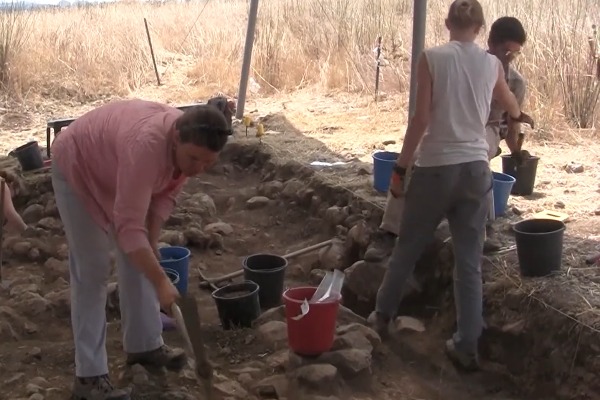
These terraces, located between the palace and the spring, are believed to be the site of Naboth’s vineyard. The expedition discovered numerous artifacts and structures, such as tombs and agricultural installations, including wine presses dated to the 9th century B.C. and soil suitable for a vineyard, providing insight into the city's layout and confirming the possible location of Naboth’s vineyard.
Before Naboth's vineyard dramatic event, the city of Jezreel first appears in the Bible during the settlement of the Israelite tribes. As noted in the Book of Joshua 19:17-18, Jezreel was included in the territory of the tribe of Issachar.
Further cementing its significance, King Saul chose the nearby En Jezreel as his camp during the battle against the Philistines, as mentioned in 1 Samuel 29:1.
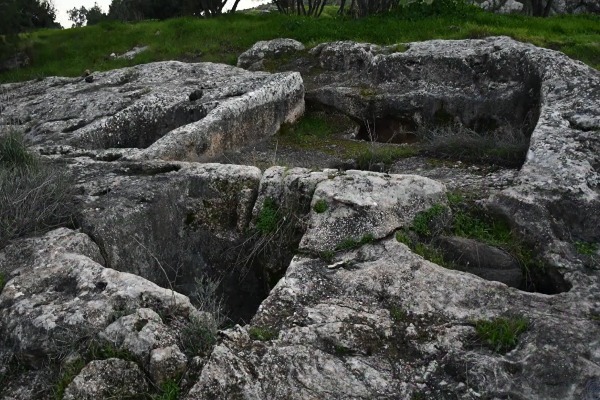
Following Saul’s death, Jezreel's significance continued as Abner, the commander of Saul’s army, installed Saul’s son, Ish-bosheth, as king over Israel in that location (according to 2 Samuel 2:9).
Under King Solomon, during the 10th century B.C., Jezreel became part of one of the main kingdom’s districts, strategically located at a crossroads of ancient trade routes, which likely contributed to its economic and political importance.
According to the common understanding of the biblical text, following the division of the unified Kingdom of Israel, the site may have become a major residence for the elite of the northern Kingdom of Israel.
As the site of significant biblical events, Tel Jezreel also contains remnants from later historical periods.
Eusebius of Caesarea, writing in the 4th century A.D., described Jezreel as the most renowned village in the valley, located between Beit Shean and Legio (near Megiddo). The Pilgrim of Bordeaux, who visited in 333 A.D., referred to the site as "Stadela," likely a corruption of the name Jezreel, and noted it as a key stop between ancient cities.
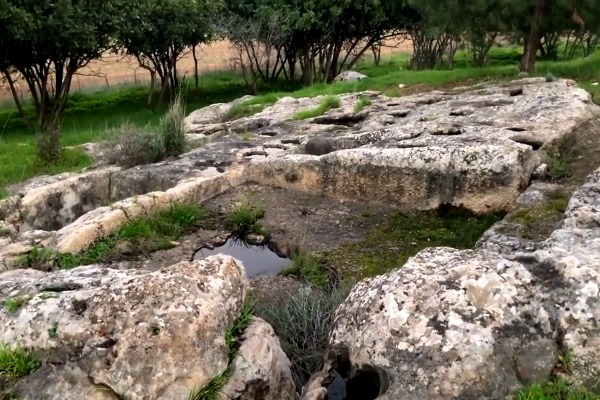
Archaeologists have also discovered burial caves from the Roman period and a church from the Byzantine and Crusader eras at Tel Jezreel. Among the significant finds was a 3rd-century A.D. sarcophagus decorated with Jewish motifs, suggesting the presence of a Jewish community at the site during that time, despite its absence from rabbinic literature.
The connection between these archaeological discoveries and the ancient texts has allowed scholars to piece together the story of Jezreel, not just as a location of ancient significance but as a key site in the biblical narrative. The discoveries at Tel Jezreel bring to life the events recorded in the Bible, particularly the story of Ahab, Jezebel, and Naboth's vineyard, making it a place where history and scripture intertwine.

Aaron Goel-Angot is a Belgian-Israeli archaeologist with an expertise in antiquities identification. He is an enthusiastic numismatist and a licensed tour guide. He holds a BA degree in archaeology from the Institute of Archaeology at the Hebrew University of Jerusalem. He joined the ALL ISRAEL NEWS team as an Archaeology and Tourism correspondent. Aaron is married, father of three young children and lives in Jerusalem.
You might also like to read this:














